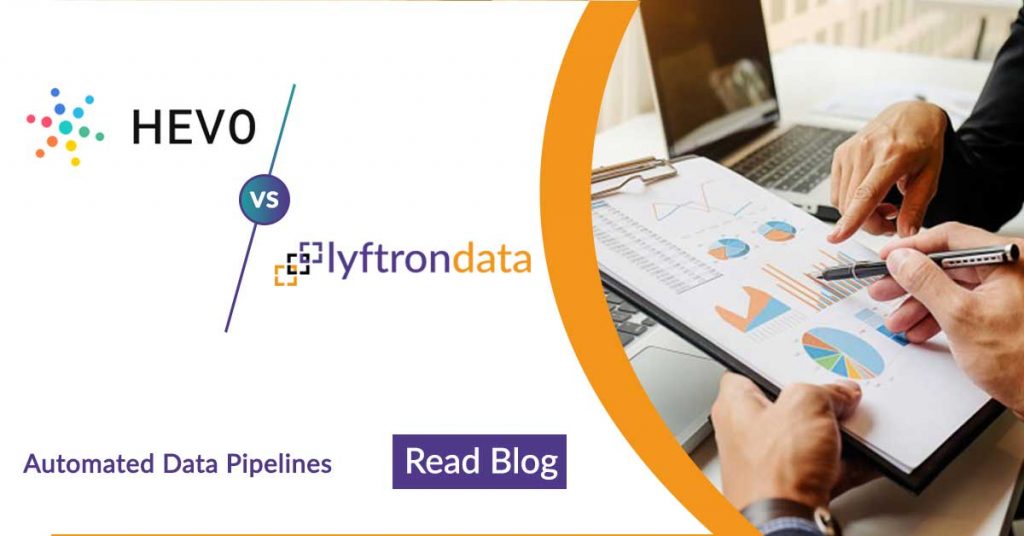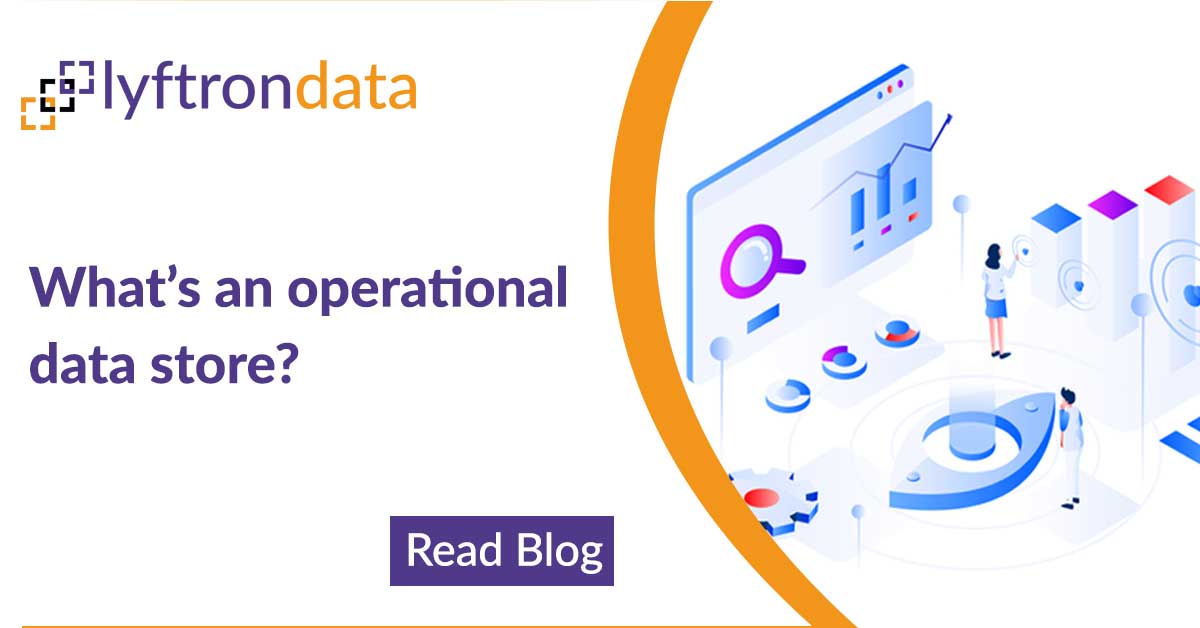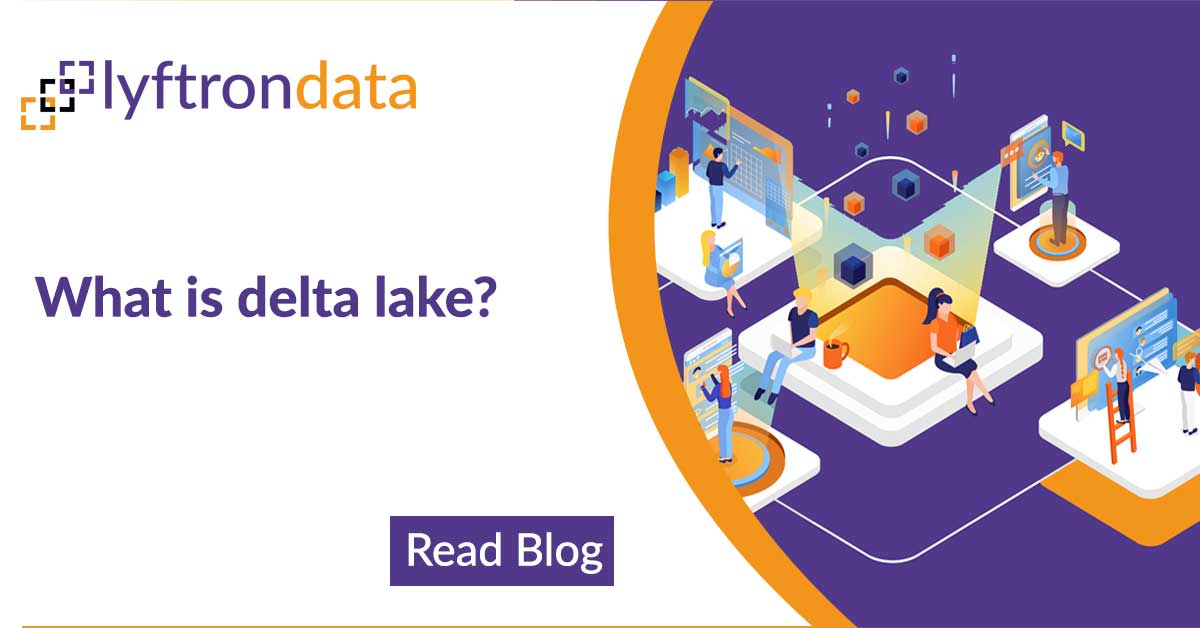-
System Integration
The warehouse can be bidirectional, outputting data to authorized systems. In the system, integration data is transferred from one system to a warehouse and then retrieved by a different system.
-
Consolidation
Business functions work better when there is a single, unified data source.
-
Analytics and business Intelligence
A data warehouse offers a standardized view of all business data. This can provide more accurate insight into the state of business than individual analytics.
-
Storage
Warehouse stores a copy of production data in a secure location. This can be important for compliance reporting and business continuity planning.
- IBM
- Microsoft Azure
- Oracle
- Snowflake
- Amazon Redshift
- Google BigQuery
-
Extract
Data is obtained in a variety of formats. It may contain invalid or duplicate entries.
-
Transform
Different stages of transformation include harmonization, normalization, and cleansing.
-
Load
Data is copied from the staging database into the warehousing environment.
-
Structured
The information is stored in a relational database table. It includes data from most production systems, such as Enterprise Resource Planning Solution or Customer Relationship Management System.
-
Semi Structured Data
They have a logical structure other than a relational database table. A CSV file is one example of such data-It is a text file, but formatted in a way that is easy to import into a database.
-
Unstructured Data
Any other form of data including text documents, images, and audio files. These cannot be warehoused without being converted to structured data.
-
Metadata
It might hold information that points to other data including unstructured data. Because metadata itself is usually structured or semi-structured.
-
Load
Data is copied from the staging database into the warehousing environment.
-
Delta Lake
Unlike a warehouse, delta lake can hold both structured and unstructured data. This is because it does not pass through the transformation stage before ingestion into a lake which makes the process faster.
-
Data Mart
It is a small data warehouse. While a warehouse may store information about the whole organization, a data mart only stores information about a specific department, project, or objective.
Explore how Lyftrondata in empowering Power BI users with actionable insights.
Lyftrondata Warehouse supports bulk data loading from the source of your choice. The logical data warehouse layer of Lyftrondata warehouse provides parallel access to both Lyftrondata Warehouse and all data sources in one place. The self-service data management portal empowers data-savvy users in their routine tasks.
With its agile-based infrastructure, we can build huge applications easily and ensure end-to-end meta-data management for data warehouse initiatives. It combines traditional data loading with Logical Data Warehousing to improve collaboration and simplify data management.
- It helps to access the data instantly by creating Virtual Data Warehouse and query data in one place, in real-time, or through cached data.
- It empowers data users to find and manage their data sets by creating a global data catalog of all valuable data sources.
- It is a next-generation data warehouse built for performance and advanced analytics.
-
Services
The outermost layer functions to federate by streamlining data management, handling secured transactions and optimizing the whole data transformation process. It is meant to process voluminous data at high speed for unbeatable performance.
-
Security
It is considered the heart of Lyftrondata and handles the function of enforcing security and encryption key management. This functions for encryption, tagging, masking, access rights, and role management.
-
Metadata
Under the security layer, Lyftrondata possesses metadata that works to improve the overall performance capacity. It takes care of scheduler, alerts, workflow, data catalog, logs, monitoring, execution plans, and more.
-
Sharing
The fourth layer functions to ensure a data set can be shared internally between different operating groups and can also be easily transported to the external commodities, eliminating the need for a sharing tool. It promises secured and governed data sharing to all users.
-
Compute
It functions for optimized process and better load performance with push down on inbuilt Spark, AWS EMR, Azure, Snowflake, Databricks, and more. It processes voluminous data effectively and efficiently at lightning speed.
-
Storage
The innermost layer is responsible for storing data securely and effectively. It delivers the most updated data sets and empowers users to combine them with their existing data for the deepest insights. Lyftrondata Warehouse is a future-proof solution for data management, data synchronizing, collaboration and sharing.












